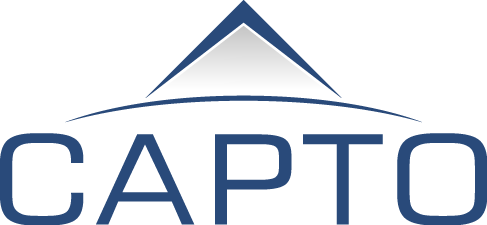CLEAR INSIGHTS DRIVE INSOURCING VS OUTSOURCING
Creating a clear business case to maintain high service levels with existing internal team
SITUATION
If you have been under pressure to reduce IT costs that are mission-critical, you are not alone. For a Fortune 50 pharmaceutical company under duress to do just that, the IT department was one of its largest expenses. Outsourcing might lower costs but carried concerns of poor service levels and lack of flexibility in adjusting to business demands. At the same time, the internal IT team was delivering industry-leading results with its customer-first approach. A tough decision needed careful consideration.
THE SYNAPTIC SHIFT
Our high-performance SYNAPTIC Sourcing framework empowers Capto to support clients in sourcing the right technology and services. In leveraging and commercializing the best academic research, coupled with our extensive experience dealing with real-world scenarios, Capto’s disciplined, comprehensive approach to sourcing spurs innovation and accelerates positive results.
Using this technique, the pharmaceutical company effectively evaluated its IT infrastructure options via a custom decision matrix. Capto helped determine the IT services level required. That desired service level then became the benchmark for evaluating services delivered under various operating models.
Capto invited two major outsourcing providers and the internal IT team to present proposals addressing needs identified in an RFP. We then combined the three proposals into a single decision matrix that measured costs against service levels and highlighted the strengths, weaknesses, pros, and cons for each provider.
The modeling exercise showed that, while the headcount and support costs provided by the internal IT team were slightly higher than the outsourcing providers’ estimates, the in-house team had a proven record of success. When the additional cost to successfully manage an outsourcing venture was factored in along with the switching costs for a new IT provider, outsourcing was determined to provide no meaningful economic advantage and, in fact, involved a higher degree of risk. Continuing with the well-managed internal IT team provided the best value.
RESULTS
The exercise prevented the firm from undertaking a costly and risky reorganization that would not have yielded significant savings
The decision matrix proved such a valuable tool for business leadership and the IT team that they now repeat the process every three years

